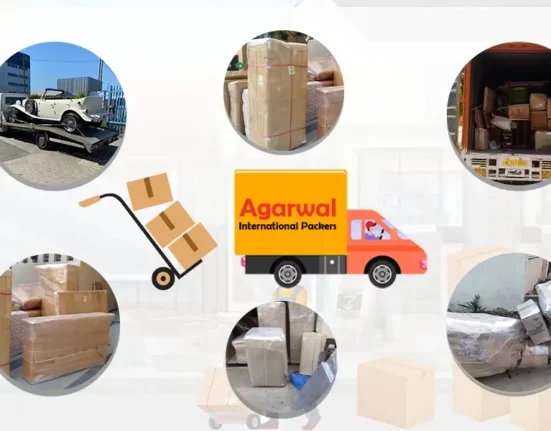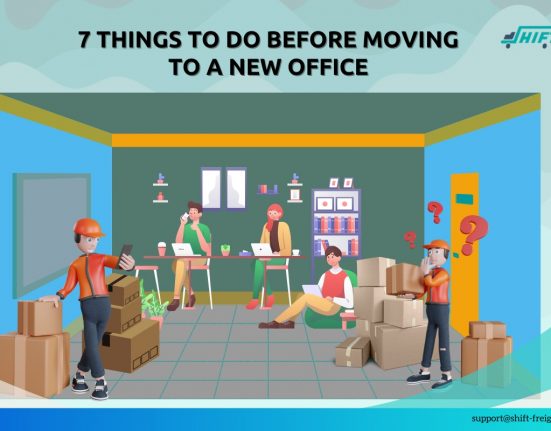Relocating a business fleet can be a daunting task, especially if it involves moving a large number of vehicles over a long distance. However, with proper planning and execution, the process can be made more efficient and less stressful. Here are some key steps to take to efficiently relocate your business fleet.
Assess Your Needs and Requirements
Before embarking on a fleet relocation project, it is important to assess your needs and requirements. This includes the number of vehicles that need to be moved, the distance they need to travel, the timeline for the move, and any specific requirements for the vehicles during the move, such as special handling or transportation methods.
Once you have a clear understanding of your needs and requirements, you can begin to plan the logistics of the move.
Choose a Reliable Transportation Company
Choosing a reliable transportation company is crucial to the success of your fleet relocation project. Look for a company that has experience in moving vehicles, and that has a good reputation in the industry. It is also important to choose an auto transport services company that is properly licensed and insured.
You should obtain quotes from several transportation companies and compare their rates and services. Look for a company that offers competitive rates, but also provides quality service and has a proven track record of reliability.
Prepare Your Vehicles for the Move
Before your vehicles are transported, they need to be properly prepared for the move. Make sure that all personal belongings are removed from the vehicles before they are loaded onto the carrier. This includes items such as GPS devices, toll transponders, and other personal items.
It is also a good idea to take photos of each vehicle before it is transported, so that you have a record of its condition prior to the move. Ensure that all necessary paperwork, such as insurance, registration, and permits, is up to date and in order. This will help to ensure that your vehicles are compliant with local regulations during the move.
Coordinate the Logistics of the Move
Coordinating the logistics of the move is critical to ensuring that everything goes smoothly. This includes scheduling the pick-up and delivery of the vehicles, arranging for any necessary permits or documentation, and communicating with the transportation company throughout the process.
It is also important to have a contingency plan in case of any unexpected delays or issues that may arise during the move.
Communicate with Your Employees
Relocating your business fleet can have an impact on your employees, especially if they are used to using the vehicles on a daily basis. It is important to communicate with your employees about the move, and to provide them with any necessary information about alternative transportation options or temporary changes to their work schedules.
You should also keep your employees informed about the progress of the move, and be available to answer any questions or address any concerns they may have.
Monitor the Move
Once the move is underway, it is important to monitor the progress of the transportation company and ensure that everything is going according to plan. You should stay in regular communication with the transportation company, and be prepared to address any issues or concerns that may arise.
You should also keep your employees informed about the status of the move, and provide them with regular updates as necessary.
Inspect the Vehicles Upon Delivery
When the vehicles arrive at their destination, it is important to inspect them carefully to ensure that they have not been damaged during the move. You should compare the condition of the vehicles to the photos taken prior to the move, and report any damage or issues to the transportation company immediately.
If any issues are identified, you should work with the transportation company to resolve them as quickly as possible.
Conclusion
Relocating a business fleet can be a complex and time-consuming process, but with proper planning and execution, it can be made more efficient and less stressful. By assessing your needs and requirements, choosing a reliable transportation company, preparing your vehicles for the move, coordinating the logistics of the move, communicating with your employees, monitoring the move, and inspecting vehicles upon delivery, you can resume your business with minimal delays and resources consumed.






